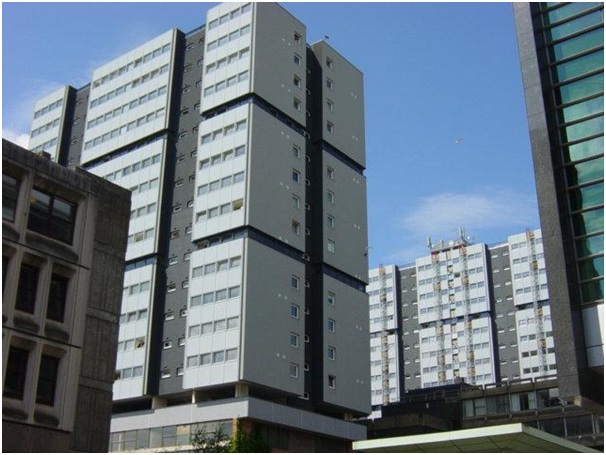Over the last 40 years we have witnessed a growing housing crisis and with no definitive solutions being suggested, many are looking at other ways they can solve this problem.

A recent study by insurance company Aviva indicated the number of adults aged 21 to 34 living with their parents could rise to 3.8 million by 2025. In 2015, this number was 2.8 million.
Multi-Generation Living
The survey also suggested that many are favouring this multi-generation living and don’t find it a problem. Understandably, those living with parents will consider themselves lucky enough to be able to do so, providing them with the opportunity to save for their next venture or a deposit to buy a house in Gloucester.
Parents also find advantages to their children moving back in with them as they have someone else to look after elderly relatives, there’s an extra pair of hands to help with the cleaning, cooking and general household chores, and they get additional help with their bills, e.g. rental payments on properties from companies such as http://www.tgres.co.uk/properties-to-let. Furthermore, as many of these parents are children from the 60s, 70s and 80s, there is less of a gap between the generations than there would have been previously, leading to a more harmonious living arrangement.
Five New Models for Domestic Life
Recently, at the Venice Architectural Biennale, the British Pavilion suggested a new, more flexible, way in which the housing crisis should be addressed, presenting Home Economics: Five New Models for Domestic Life.
Instead of focusing on the stage of life that the housing applicant is at (e.g. student, family home), these models look at how much time is being spent in the home. Thus, the exhibition created homes for hours, days, months, years and decades, with the longer of the periods being the more serious of ideas.
For example, the home for hours provides the inhabitant with more communal features, so they wouldn’t just be renting a room in a property but would have access to a variety of communal items too. The home for decades instead looks at flexibility over time, offering modular rooms in a large apartment that can be adjusted to create different spaces over the years, even becoming two homes as the family grows up so neither the adults nor children have to move.
